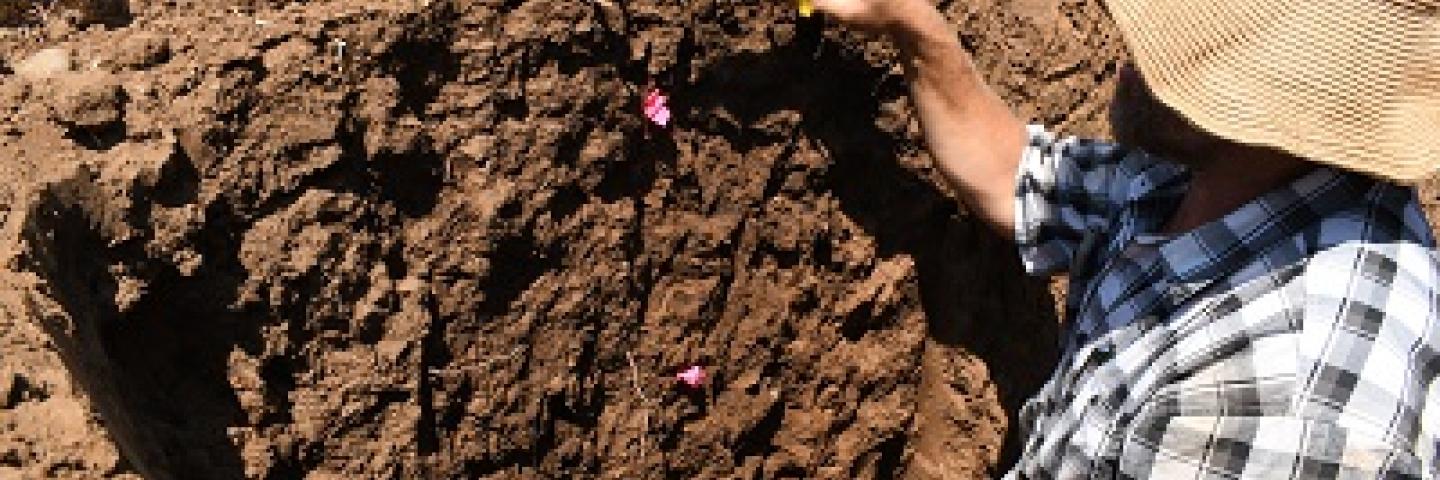
Through the Science of Soil Health initiative, cooperators are collecting dynamic soil properties (DSPs). A common set of soil health metrics will be collected across regions and soils and linking the information gathered to soil survey DSP databases and products.
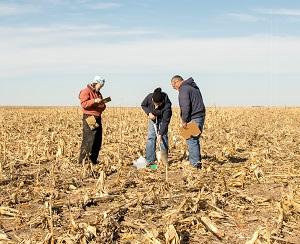
Science of Soil Health Initiative
Soil health has become an increasingly important area of emphasis in land management, particularly agricultural land management, within NRCS, in the larger scientific community, and with the general public. As interest in soil health management continues to increase, so does the need for consistent, replicable, scientifically sound indicators, associated data, and interpretations that will allow for the assessment and monitoring of how agricultural management practices are affecting soil health. The Science of Soil Health Initiative seeks to gather, process, and disseminate scientifically rigorous data for these purposes.
Dynamic Soil Properties for Soil Health – #DSP4SH
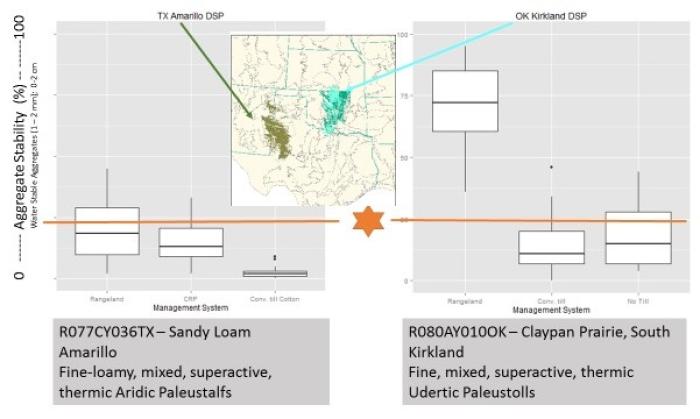
Soil Health Process
- Soil Structural Stability
- Indicator/Property – Infiltration, Aggregate Stability
- Organic Matter Cycling & C Sequestration
- Indicator/Property – Soil Organic Carbon
- General Microbial Activity
- Indicator/Property – Soil Respiration, Soil Enzymes
- Carbon Food Source
- Indicator/Property – Active Carbon (Permanganate Oxidizable Carbon, POXC)
- Bioavailable Nitrogen
- Indicator/Property – Available Organic Nitrogen
- Microbial Community Composition
- Indicator/Property – Community Structure (PLFA)
Method Sources
Stott, D.E. 2019. Recommended Soil Health Indicators and Associated Laboratory Procedures. Soil Health Technical Note No. 450-03. U.S. Department of Agriculture, Natural Resources Conservation Service.
Soil Survey Staff. 2014. Soil Survey Field and Laboratory Methods Manual. Soil Survey Investigations Report No. 51, Version 2.0. R. Burt and Soil Survey Staff (ed.). U.S. Department of Agriculture, Natural Resources Conservation Service. https://www.nrcs.usda.gov/sites/default/files/2023-01/SSIR51.pdf
Cooperating Institutions
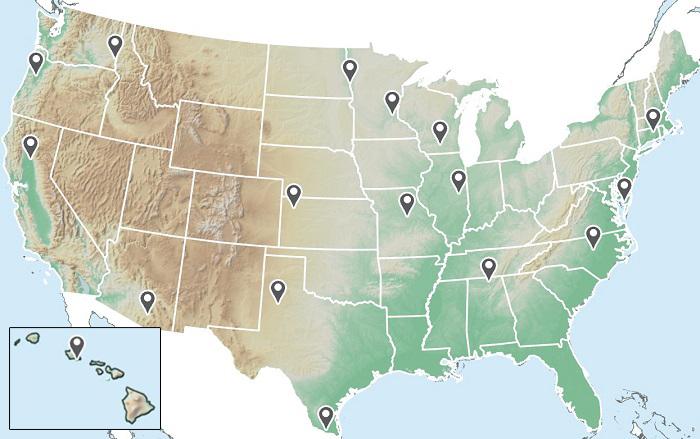
Alabama A&M Univ.
• Deidrick Davis
Chico State Univ.
• Garret Liles
Kansas State Univ.
• Savanna Crossman
• Laura Starr
• Peter Tomlinson
• DeAnn Presley
• Charles Rice
North Carolina State Univ.
• Caitlin Caudle
• Deanna Osmond
• Josh Heitman
Oregon State Univ.
• Regina O’Kelley
• David Myrold
Texas A&M Agrilife Research
• Katie Lewis
• Paul DeLuane
Univ. of Arizona
• Joseph Blankinship
• Kirsten Ball
Univ. of Connecticut
• Huijie Gan
• Carl Gulliard
Univ. of Hawaii
• Susan Crow
• Elain Vizka
• Jonathon Deenik
Univ. of Illinois
• Carmen Ugarte
Univ. of Maryland Eastern Shore
• Aurthur Allen
• Amy Collick
• Fawzy Hashem
Univ. of Minnesota
• Sharon Perrone
• Julie Grossman
Univ. of Missouri
• Donna Brandt
• Kristen Veum (ARS)
Univ. of North Dakota
• Brian Darby
Univ. of Texas – Rio Grande Valley
• Alex Racelis
• Stephanie Kasper
• Luzyannet Ballesteros
Univ. of Wisconsin
• Laura Adams
• Francisco Arriaga
Washington State Univ.
• Issac Madsen
• Katherine Naasko
• Haying Tao
• Bill Pan

Expected Outcomes
- List of relevant DSPs and reference values that can be used to assess soil health status by soils under different management systems
- Data (measurements) and information (interpretations) for a standard set of DSPs on one or more benchmark soils and soil landscapes to be included in national soil and ecological site databases maintained by NRCS
- Recommendations for conservation planning and conservation effects assessment
Current Output
- ARS Wet Macroaggregate Stability Methods (YouTube video)
- Presentations/Prelim results
Preliminary Results Summary
- Methods require further standardization before they are appropriate for commercialization across regions and soils
- Impact of soil health management varies by soil and institution
- Climate, texture and crops grown influences management effects
- Perennial vegetation had significant and meaningfully better values for all properties evaluated thus far
- Differences between crop management systems are limited and applicable only within individual soils evaluated
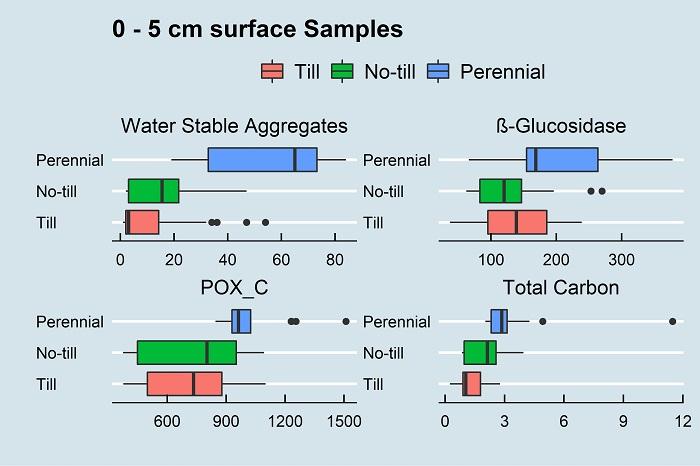
Virtual Symposium


